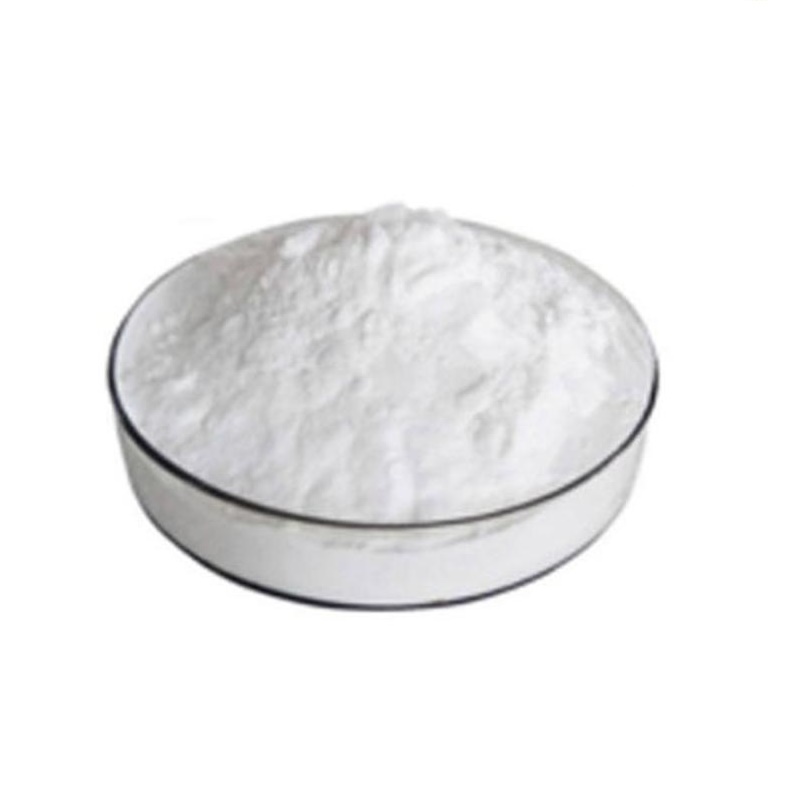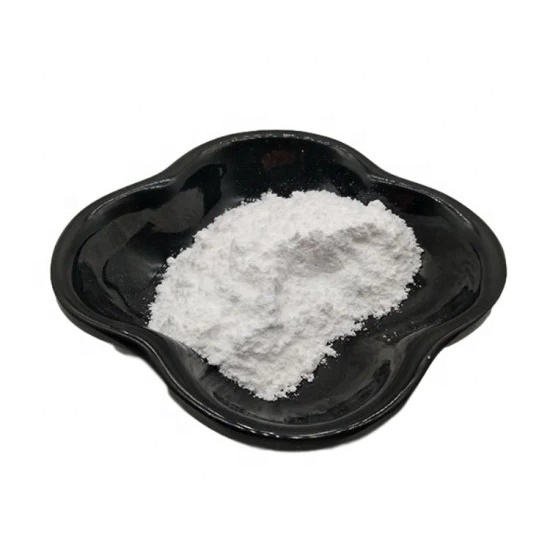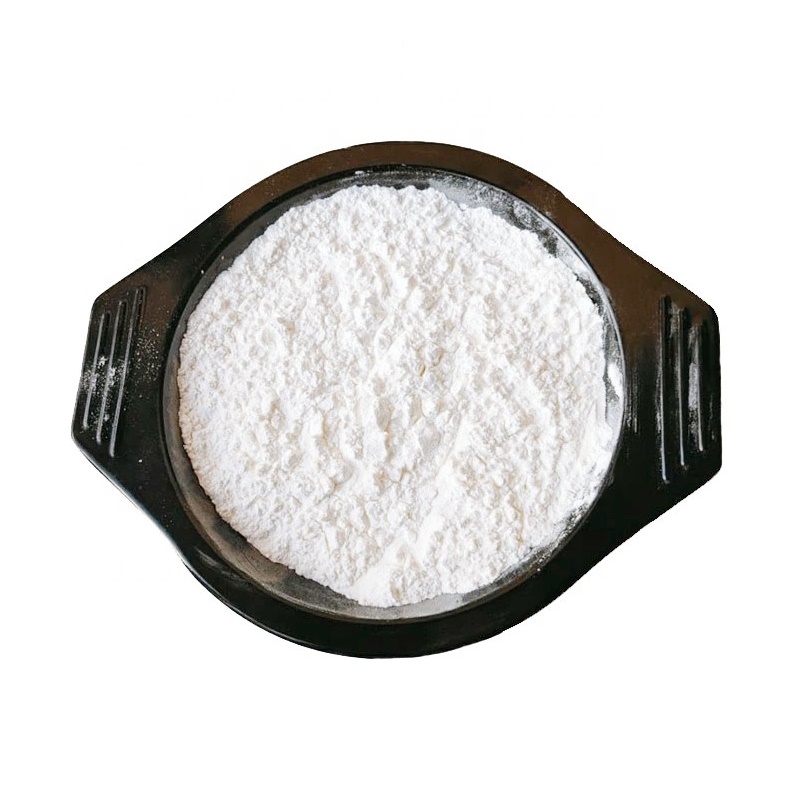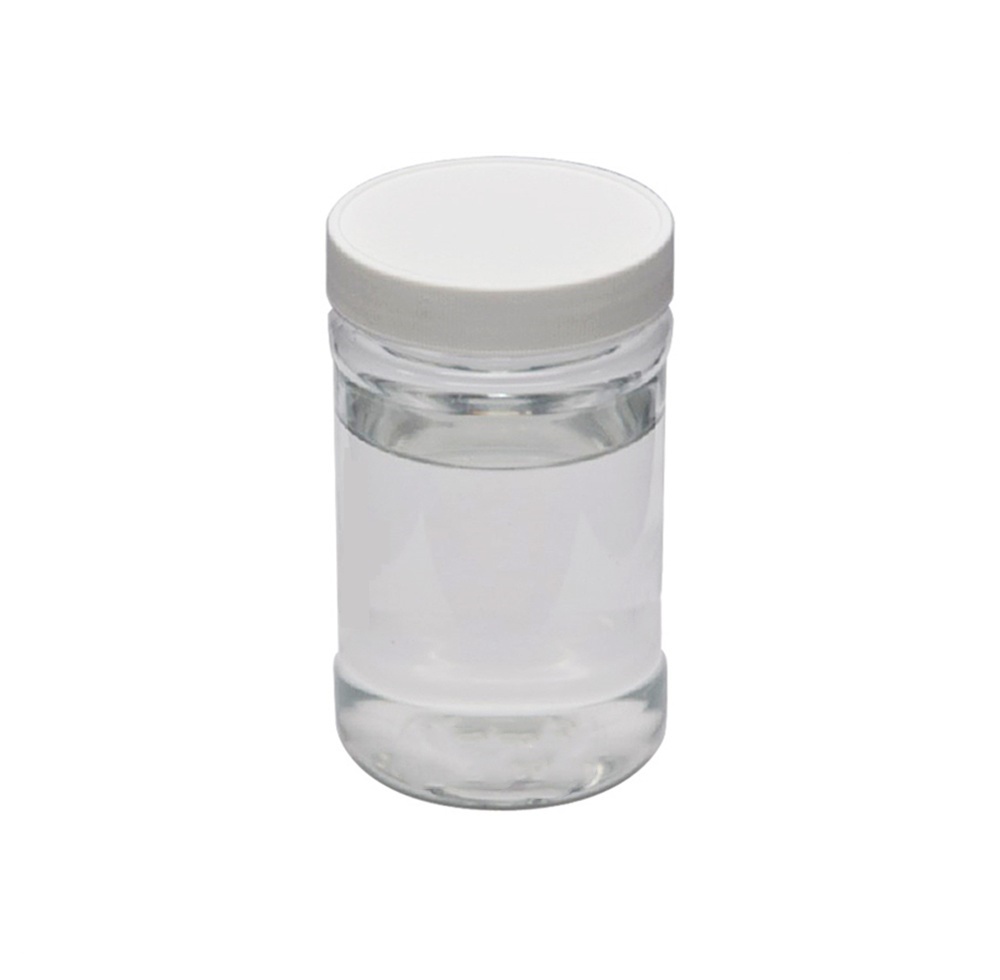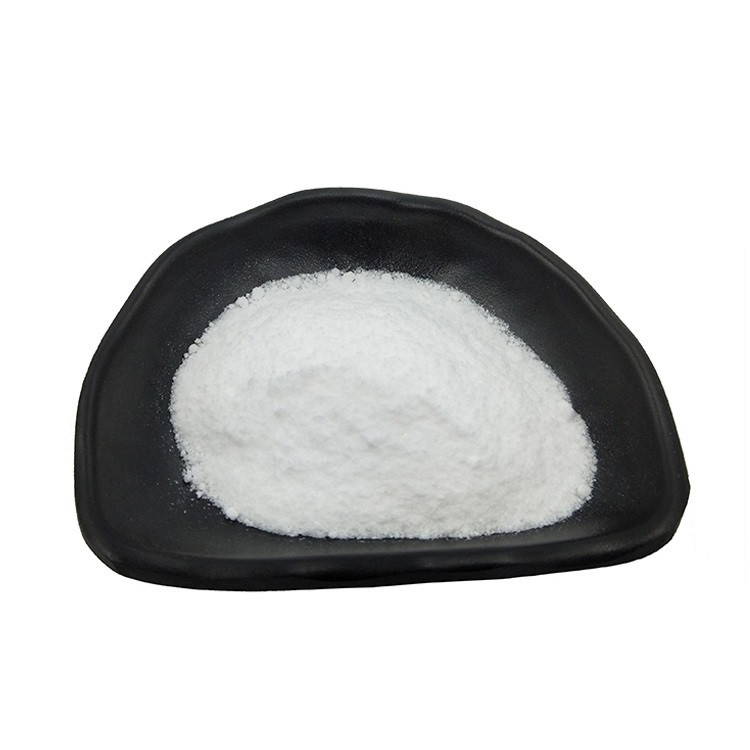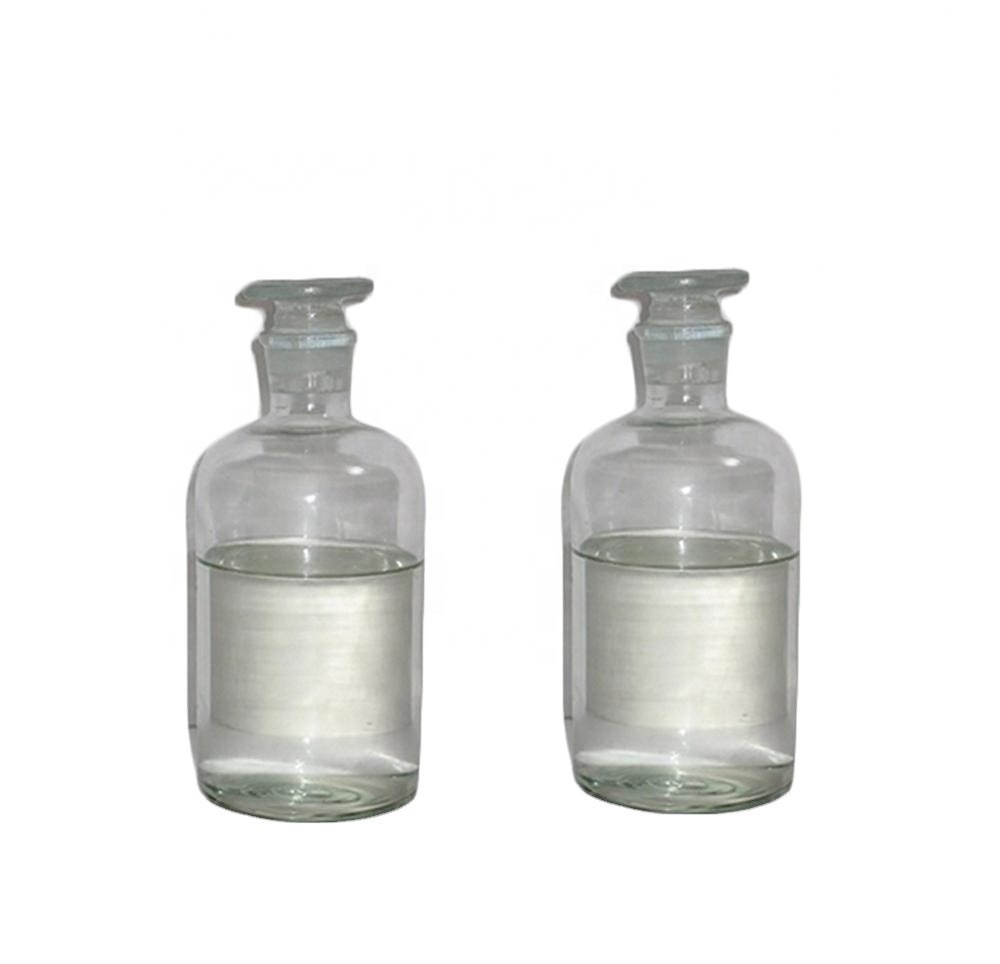

Adipic acid CAS 124-04-9
——————
CAS number : 124-04-9
molecular formula : C6H10O4
EINECS : 204-673-3
——————
Email : info@deshangchem.com
Mobile : +86-13153039501
TEL : +86-531-88752665
CAS number:124-04-9
molecular formula:C6H10O4
molecular weight:146.14
EINECS number:204-673-3
English synonyms
RARECHEM AL BO 0180;AKOS BBS-00004308;ADIPIC ACID;adipinic acid;1,6-HEXANEDIOIC ACID;1,4-BUTANEDICARBOXYLIC ACID;BUTANE-1,4-DICARBOXYLIC ACID;DICARBOXYLIC ACID C6
Related categories
Organic acids; other organic acids; analytical standards; dibasic acids; pharmaceutical intermediates; carbonyl compounds; general reagents; carboxylic acids; stable isotope-labeled compounds; isotope labels; organic dibasic acids; small molecule inhibitors; acids; Gas chromatography standard substance (color code); physical property; reference substance; sour agent; intermediate; organic synthesis; chemical product-organic chemical industry; inorganic acid; industry; chemical industry; adipic acid; Alkanedicarboxylic Acids; alpha, omega-Bifunctional Alkanes; Monofunctional & alpha, omega-Bifunctional Alkanes; food additives; acidity regulator; Food additive and acidulant; organic chemical raw materials; biochemical reagents; acids; main products; other raw materials; organic chemical raw materials -Carboxylic acids; raw materials; chemical raw materials-plastics; chemical raw materials-1827181813; inorganic acids; functional additives chemical raw materials; pharmaceutical, pesticide and dye intermediates; other intermediates; organic carboxylic acids and their derivatives; chemical materials ;Chinese medicine reference substance;chemical raw material;organic raw material;organic chemical industry;inorganic substance;thickener;general biochemical reagent-organic acid;chemical product;organic chemical product;inorganic raw material;plasticizer;bc0001
Introduction
Adipic acid, also known as fatty acid, is a carboxylic acid organic compound, which can be used as a chemical reagent, plastic and organic synthesis. . It is a white crystalline powder, slightly soluble in water and acidic when dissolved in water. As the basic unit of various chemical products, adipic acid is by far the most important aliphatic dicarboxylic acid in industrial production. About 3 million tons of adipic acid are used in the synthesis of nylon-66 monomers worldwide every year. In addition, adipic acid is also used as a gelling aid in synthetic polyesters, polyurethanes, lubricants, plasticizers, adiponitrile, and food flavoring.
Chemical properties
Melting point | 151-154 °C(lit.) |
| Boiling point | 265 °C100 mm Hg(lit.) |
| Density | 1,36 g/cm3 |
| Vapour density | 5 (vs air) |
| Vapor Pressure | 1 mm Hg ( 159.5 °C) |
| Refractive index | 1.4880 |
FEMA | 2011 | ADIPIC ACID |
| Flash point | 385 °F |
| Storage conditions | Store below +30°C. |
| Solubility | methanol: 0.1 g/mL, clear, colorless |
| Acidity coefficient(pKa) | 4.43(at 25℃) |
| Shape | Solid |
| Color | White |
| PH value | 3.74(1 mM solution);3.22(10 mM solution);2.71(100 mM solution); |
| Water solubility | 1.44 g/100 mL (15 ºC) |
Merck | 14,162 |
JECFA Number | 623 |
BRN | 1209788 |
| Exposure Limits | ACGIH: TWA 5 mg/m3 |
| Stability | Stable. Substances to be avoided include ammonia, strong oxidizing agents. |
InChIKey | WNLRTRBMVRJNCN-UHFFFAOYSA-N |
LogP | 0.09 at 25℃ |
| CAS database | 124-04-9(CAS DataBase Reference) |
White crystals with the smell of burnt bones. Slightly soluble in water, easily soluble in most organic solvents such as alcohol and ether.
Use
● It is mainly used as the raw material of nylon 66 and engineering plastics, also used in the production of various ester products, and also used as the raw material of polyurethane elastomer
● Adipic acid has a mild and long-lasting sour taste, and its Ph value changes less in a large concentration range, so it is a better Ph value regulator. It can be used in jelly powder and solid beverage powder, the maximum dosage is 0.15g/kg and 0.01g/kg respectively.
● It is mainly used as raw material for nylon 66 and engineering plastics. Secondly, it is used in the production of various ester products, used as plasticizers and advanced lubricants. In addition, adipic acid is also used as a raw material for polyurethane elastomers, as an acidulant for various foods and beverages, and its effect is sometimes better than that of citric acid and tartaric acid. Adipic acid is also a raw material for medicine, yeast purification, pesticides, adhesives, synthetic leather, synthetic dyes and fragrances.
● Used as a chemical reagent, also used in plastics and organic synthesis
● It is used as a raw material for synthetic polymers, and is also used to make plasticizers and lubricants
● Organic synthesis, flux, resin, plastic.
Production method
● In nature, adipic acid is found in sweet radishes. . Other production methods of adipic acid include: chlorocyclohexane method, recovery of adipic acid from cyclohexane oxidation by-products, preparation of adipic acid from acrylate, etc. Japan Asahi Kasei also carried out cyclohexane one-step air Oxidative study of adipic acid.
● One-step oxidation of cyclohexane
Using cyclohexane as raw material, acetic acid as solvent, cobalt and bromide as catalyst, in 2MP. React at 90°C for 10-13 hours. Yield 75%.
2 Cyclohexane fractional oxidation method
(1) The preparation of KA oil can be directly oxidized with air at 1.0~2.5MPa and 145~180℃, and the yield can reach 70%~75%. Metaboric acid can also be used as a catalyst, air oxidation at 1.0-2.0MPa and 165°C, the yield can reach 90%, and the ratio of alcohol and ketone is 10:1; the reactants can be treated with hot water to hydrolyze and stratify the ester, and the water Boronic acid is recovered from the layer, and metaboric acid is recycled through dehydration; the organic layer is saponified with caustic soda to remove the acid, and the alcohol and ketone mixture is obtained after distillation and recovery of cyclohexane.
(2) Oxidation of KA oil Oxidize KA oil at 60-80°C and 0.1-0.4 MPa in a two-stage series reactor with an excess of 50% to 60% nitric acid. The catalyst is copper-vanadium series (copper 0.1%-0.5%, vanadium 0.1%-0.2%), and the yield is 92%-96% of the theoretical value. After the nitric acid is evaporated from the reactant, high-purity adipic acid can be obtained through two crystallization refinements.
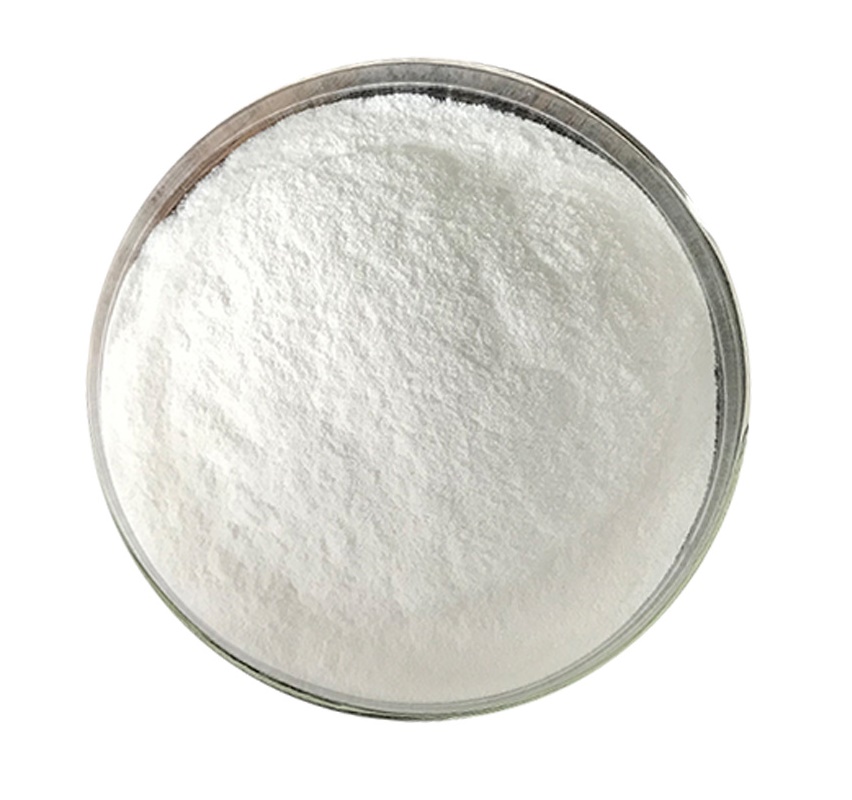
Adipic acid CAS 124-04-9
CAS number:124-04-9
molecular formula:C6H10O4
molecular weight:146.14
EINECS number:204-673-3
English synonyms
RARECHEM AL BO 0180;AKOS BBS-00004308;ADIPIC ACID;adipinic acid;1,6-HEXANEDIOIC ACID;1,4-BUTANEDICARBOXYLIC ACID;BUTANE-1,4-DICARBOXYLIC ACID;DICARBOXYLIC ACID C6
Related categories
Organic acids; other organic acids; analytical standards; dibasic acids; pharmaceutical intermediates; carbonyl compounds; general reagents; carboxylic acids; stable isotope-labeled compounds; isotope labels; organic dibasic acids; small molecule inhibitors; acids; Gas chromatography standard substance (color code); physical property; reference substance; sour agent; intermediate; organic synthesis; chemical product-organic chemical industry; inorganic acid; industry; chemical industry; adipic acid; Alkanedicarboxylic Acids; alpha, omega-Bifunctional Alkanes; Monofunctional & alpha, omega-Bifunctional Alkanes; food additives; acidity regulator; Food additive and acidulant; organic chemical raw materials; biochemical reagents; acids; main products; other raw materials; organic chemical raw materials -Carboxylic acids; raw materials; chemical raw materials-plastics; chemical raw materials-1827181813; inorganic acids; functional additives chemical raw materials; pharmaceutical, pesticide and dye intermediates; other intermediates; organic carboxylic acids and their derivatives; chemical materials ;Chinese medicine reference substance;chemical raw material;organic raw material;organic chemical industry;inorganic substance;thickener;general biochemical reagent-organic acid;chemical product;organic chemical product;inorganic raw material;plasticizer;bc0001
Introduction
Adipic acid, also known as fatty acid, is a carboxylic acid organic compound, which can be used as a chemical reagent, plastic and organic synthesis. . It is a white crystalline powder, slightly soluble in water and acidic when dissolved in water. As the basic unit of various chemical products, adipic acid is by far the most important aliphatic dicarboxylic acid in industrial production. About 3 million tons of adipic acid are used in the synthesis of nylon-66 monomers worldwide every year. In addition, adipic acid is also used as a gelling aid in synthetic polyesters, polyurethanes, lubricants, plasticizers, adiponitrile, and food flavoring.
Chemical properties
Melting point | 151-154 °C(lit.) |
| Boiling point | 265 °C100 mm Hg(lit.) |
| Density | 1,36 g/cm3 |
| Vapour density | 5 (vs air) |
| Vapor Pressure | 1 mm Hg ( 159.5 °C) |
| Refractive index | 1.4880 |
FEMA | 2011 | ADIPIC ACID |
| Flash point | 385 °F |
| Storage conditions | Store below +30°C. |
| Solubility | methanol: 0.1 g/mL, clear, colorless |
| Acidity coefficient(pKa) | 4.43(at 25℃) |
| Shape | Solid |
| Color | White |
| PH value | 3.74(1 mM solution);3.22(10 mM solution);2.71(100 mM solution); |
| Water solubility | 1.44 g/100 mL (15 ºC) |
Merck | 14,162 |
JECFA Number | 623 |
BRN | 1209788 |
| Exposure Limits | ACGIH: TWA 5 mg/m3 |
| Stability | Stable. Substances to be avoided include ammonia, strong oxidizing agents. |
InChIKey | WNLRTRBMVRJNCN-UHFFFAOYSA-N |
LogP | 0.09 at 25℃ |
| CAS database | 124-04-9(CAS DataBase Reference) |
White crystals with the smell of burnt bones. Slightly soluble in water, easily soluble in most organic solvents such as alcohol and ether.
Use
● It is mainly used as the raw material of nylon 66 and engineering plastics, also used in the production of various ester products, and also used as the raw material of polyurethane elastomer
● Adipic acid has a mild and long-lasting sour taste, and its Ph value changes less in a large concentration range, so it is a better Ph value regulator. It can be used in jelly powder and solid beverage powder, the maximum dosage is 0.15g/kg and 0.01g/kg respectively.
● It is mainly used as raw material for nylon 66 and engineering plastics. Secondly, it is used in the production of various ester products, used as plasticizers and advanced lubricants. In addition, adipic acid is also used as a raw material for polyurethane elastomers, as an acidulant for various foods and beverages, and its effect is sometimes better than that of citric acid and tartaric acid. Adipic acid is also a raw material for medicine, yeast purification, pesticides, adhesives, synthetic leather, synthetic dyes and fragrances.
● Used as a chemical reagent, also used in plastics and organic synthesis
● It is used as a raw material for synthetic polymers, and is also used to make plasticizers and lubricants
● Organic synthesis, flux, resin, plastic.
Production method
● In nature, adipic acid is found in sweet radishes. . Other production methods of adipic acid include: chlorocyclohexane method, recovery of adipic acid from cyclohexane oxidation by-products, preparation of adipic acid from acrylate, etc. Japan Asahi Kasei also carried out cyclohexane one-step air Oxidative study of adipic acid.
● One-step oxidation of cyclohexane
Using cyclohexane as raw material, acetic acid as solvent, cobalt and bromide as catalyst, in 2MP. React at 90°C for 10-13 hours. Yield 75%.
2 Cyclohexane fractional oxidation method
(1) The preparation of KA oil can be directly oxidized with air at 1.0~2.5MPa and 145~180℃, and the yield can reach 70%~75%. Metaboric acid can also be used as a catalyst, air oxidation at 1.0-2.0MPa and 165°C, the yield can reach 90%, and the ratio of alcohol and ketone is 10:1; the reactants can be treated with hot water to hydrolyze and stratify the ester, and the water Boronic acid is recovered from the layer, and metaboric acid is recycled through dehydration; the organic layer is saponified with caustic soda to remove the acid, and the alcohol and ketone mixture is obtained after distillation and recovery of cyclohexane.
(2) Oxidation of KA oil Oxidize KA oil at 60-80°C and 0.1-0.4 MPa in a two-stage series reactor with an excess of 50% to 60% nitric acid. The catalyst is copper-vanadium series (copper 0.1%-0.5%, vanadium 0.1%-0.2%), and the yield is 92%-96% of the theoretical value. After the nitric acid is evaporated from the reactant, high-purity adipic acid can be obtained through two crystallization refinements.
Team Presentation

